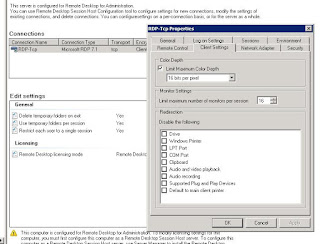Customer was running
Cisco Unity 8 and in the process of moving from an Exchange 2003 to 2010 environment After the majority of users were moved to 2010 and before the Unity partner server was changed, a few users reported receiving voice mail in Exchange / Outlook but not able to retrieve them via the phone.
The symptom was after entering their PIN, they users hear "
Your messages are not available now."
These users were migrated to 2010 months ago, and reported hearing the messages after one Exchange 2003 server (not the partner server) was decommissioned.
The
Permissions Wizard was run successfully a couple times with out errors, and the mail stores for both 2003 and 2010 looked accurate during the run setup.
The
GUSI tool was run to confirm the MAPI CDO version was well above and beyond the required version to support 2010, and confirmed the partner server was still valid.
The
DBWalker was run and reported an error on several subscribers, including those with the symptom. The error indicated a serious error and that TAC should be contacted. The general feedback was that the message store associated with that subscriber didn't exist in Unity's tables.
After TAC edited some SQL table / rows associated with one user, the
DOHPropTool was run to perform a resynch. After the resynch, the other symptomatic users SQL conflicts could not be found.
You can run
DOHPrepTool from the Unity Tools Depot. The password in my case could be left blank, but previously I have read it it is (100 - current month) & (current month + current day). See
https://supportforums.cisco.com/thread/309734
After it is running, you can choose the
AD Monitor button, highlight the
Default_Mailbox_Store from the list, and choose the
Total Resynch button.
There is no explanation as to why the table element relationships were broken, and the SQL edits were not something you want to attempt without TAC assistance and probably not necessary in hindsight. The
DOHPropTool resynch was the fix. This may not be the trick for everyone, but thought someone may be interested in the option.


